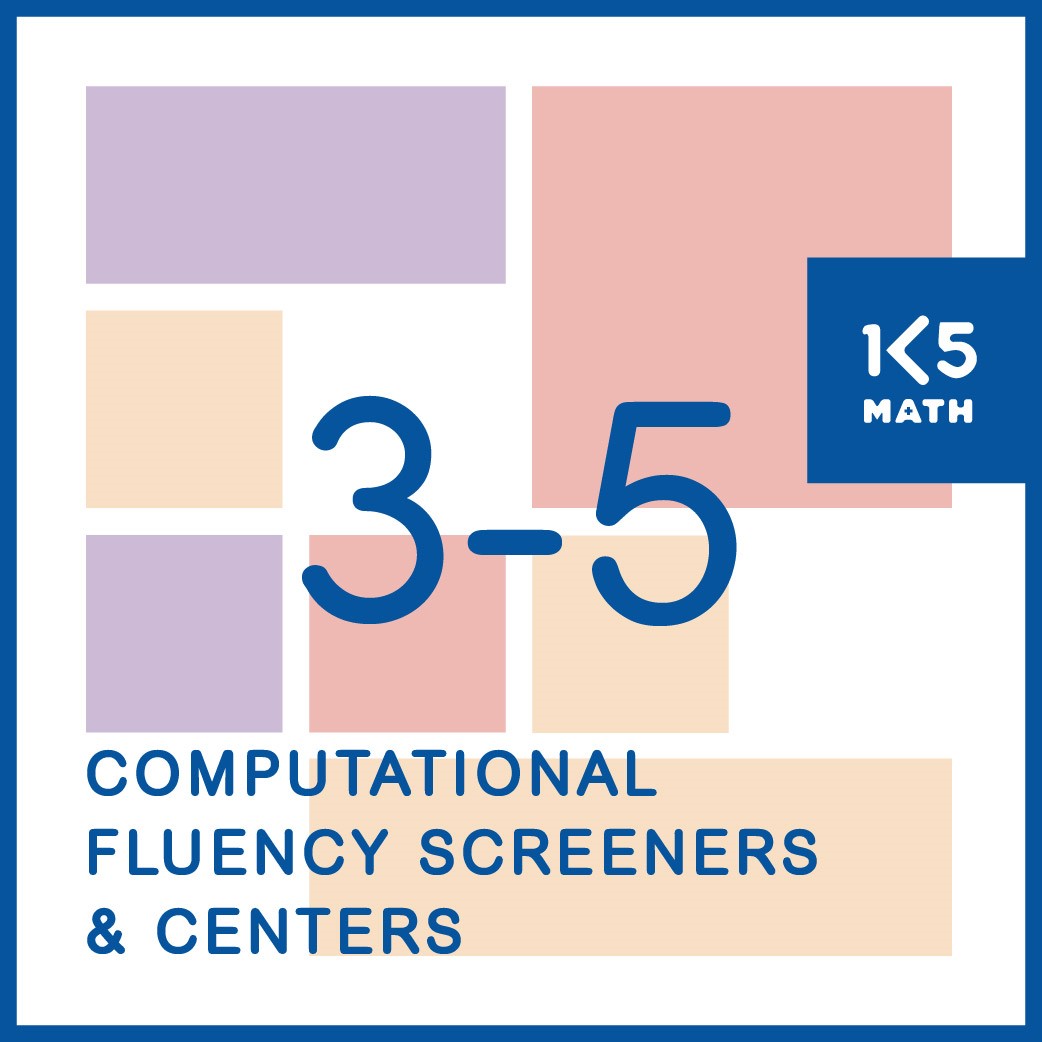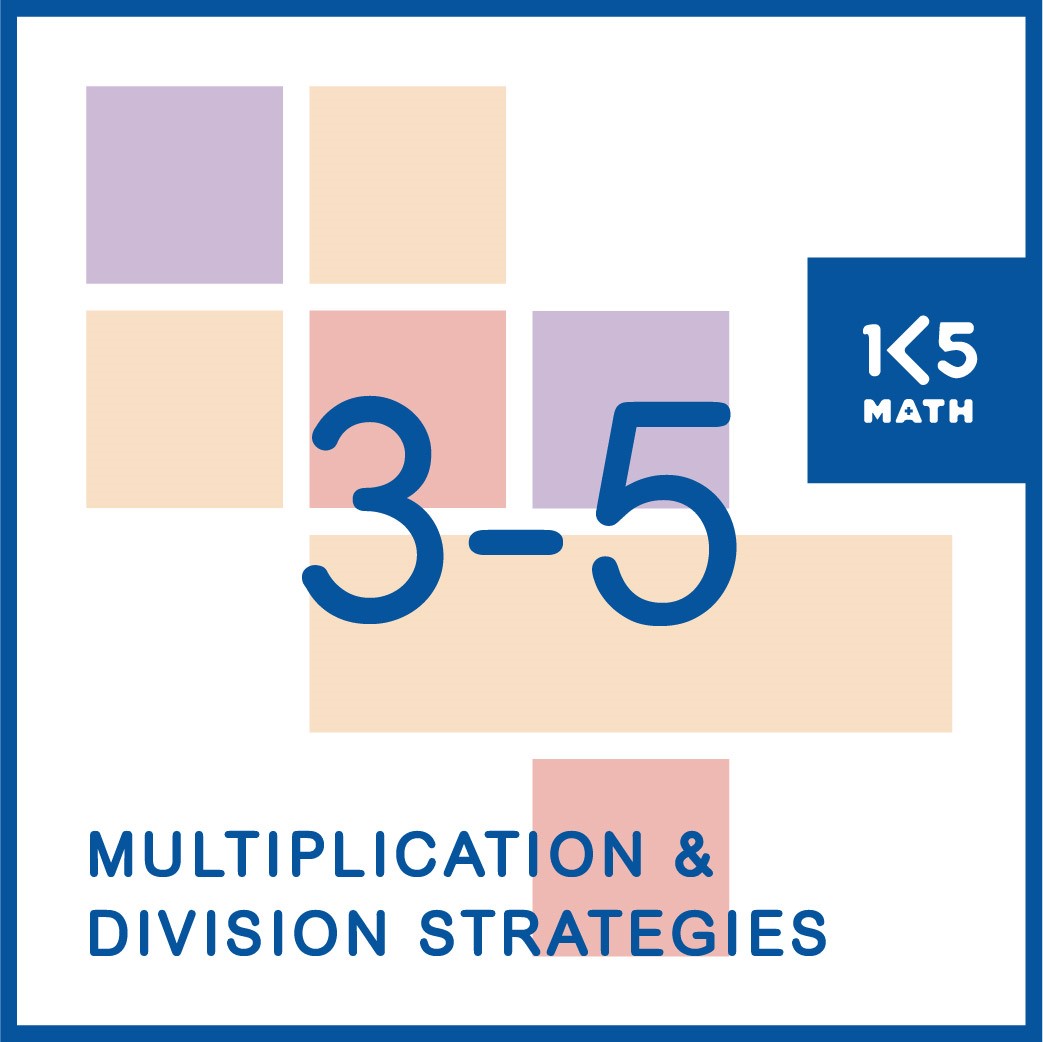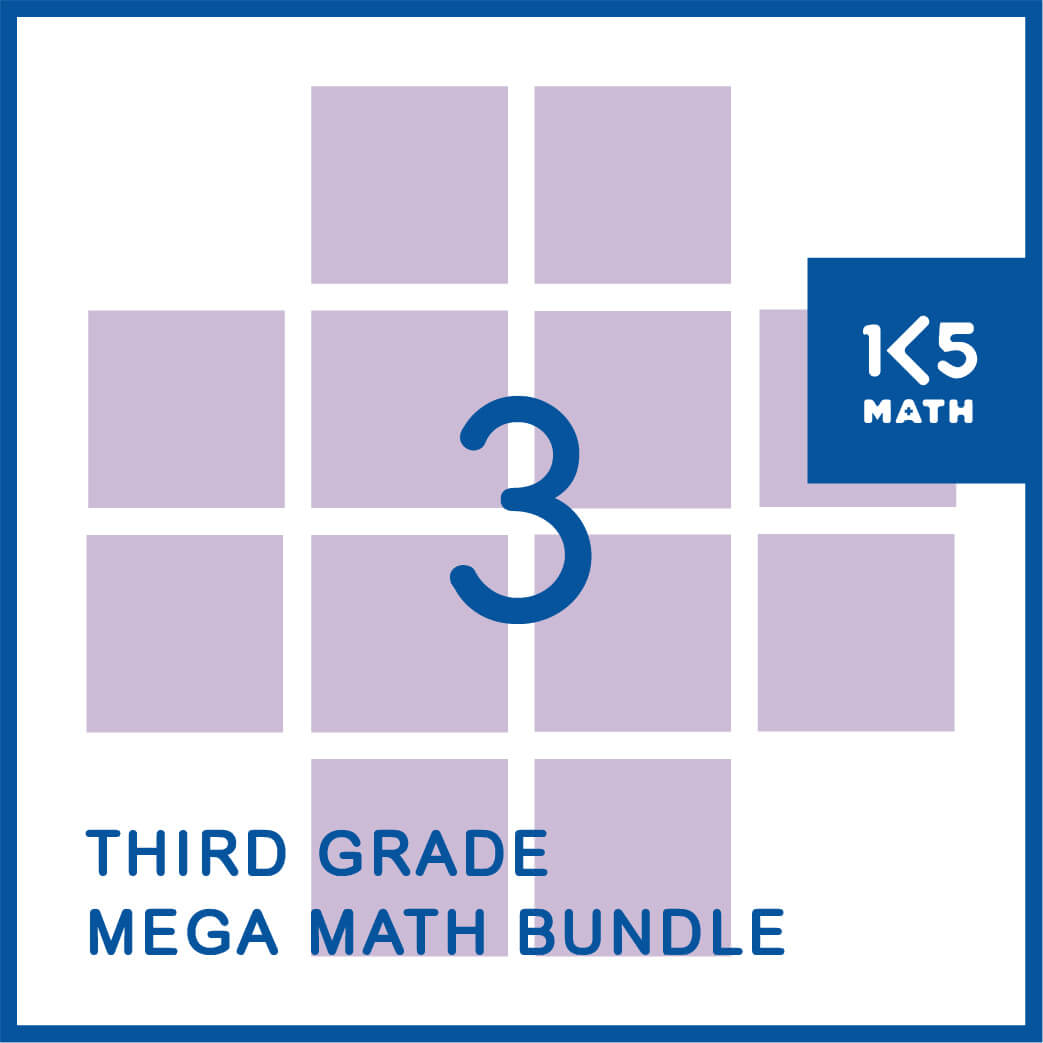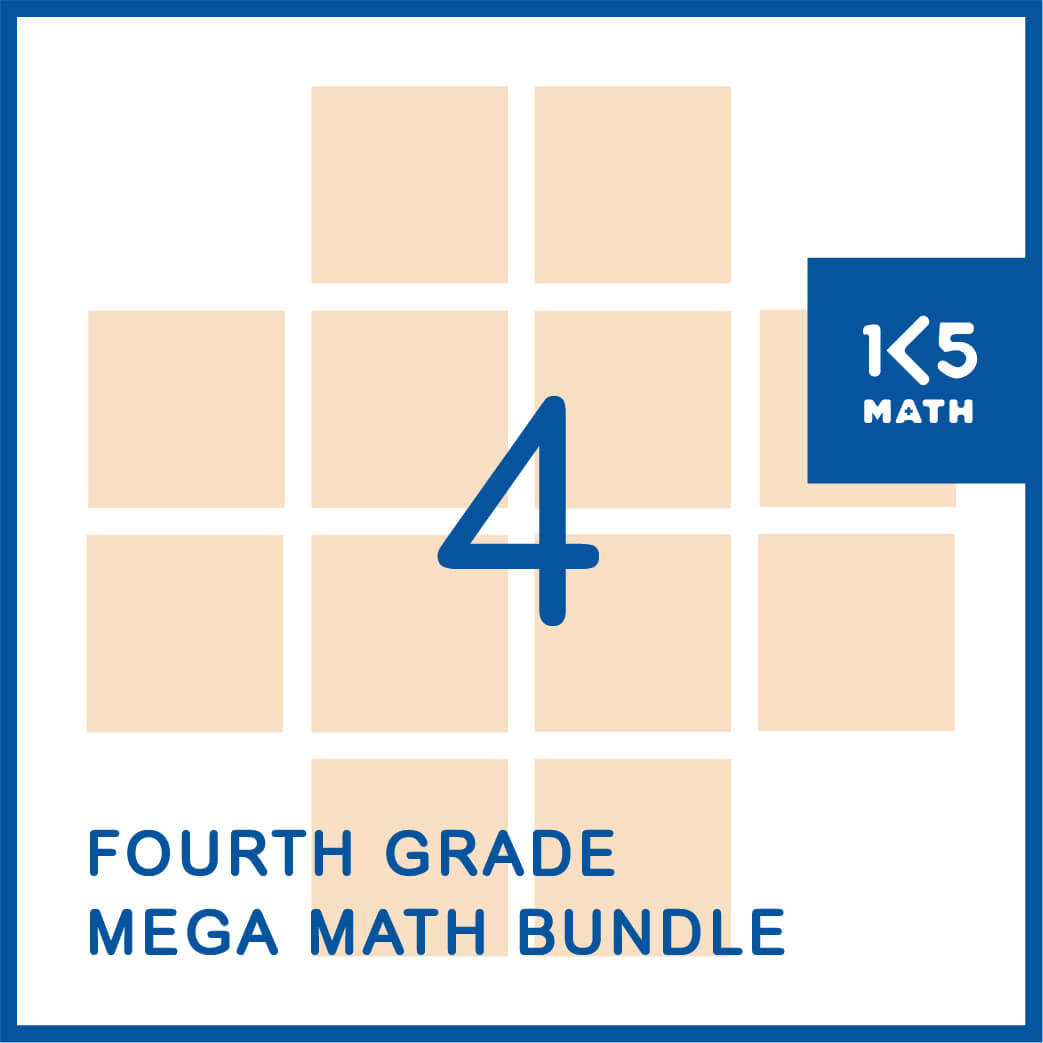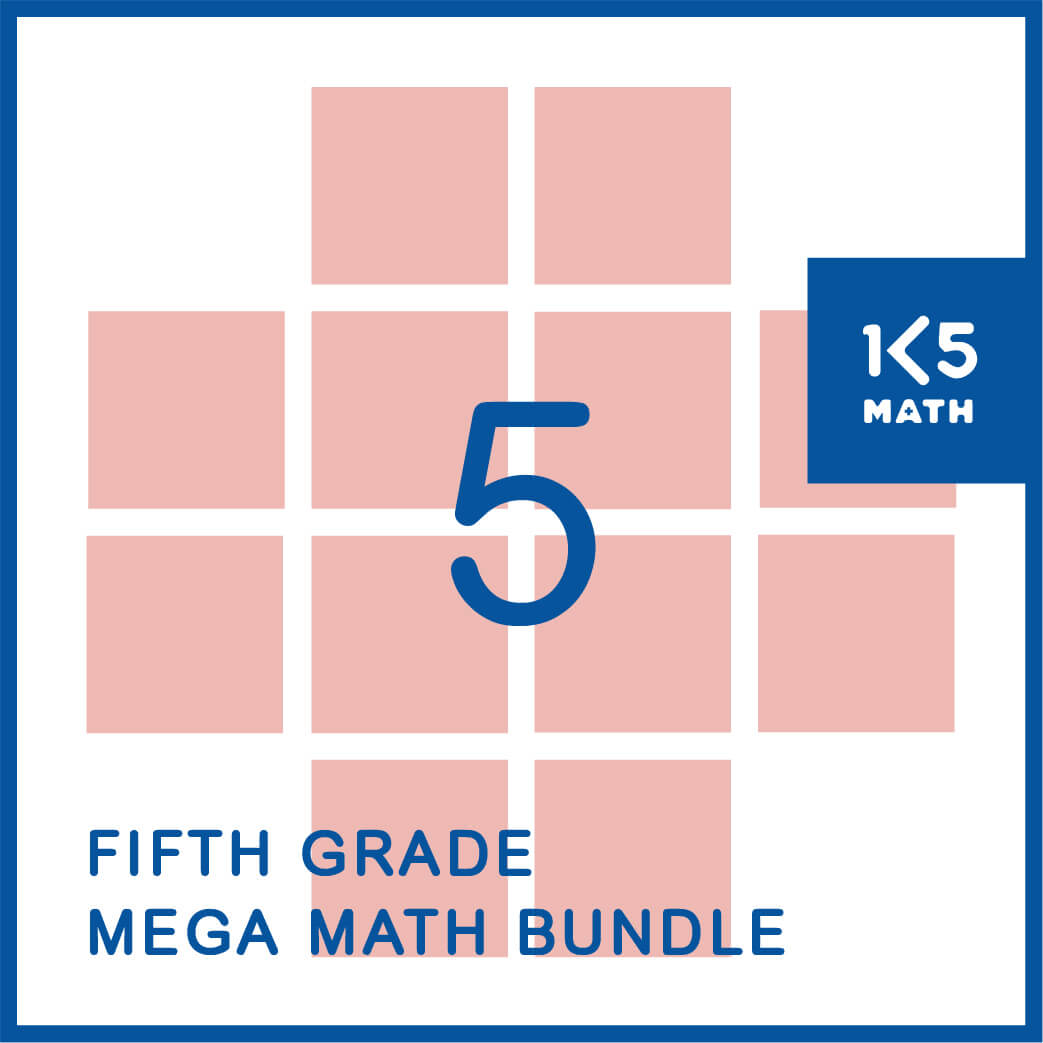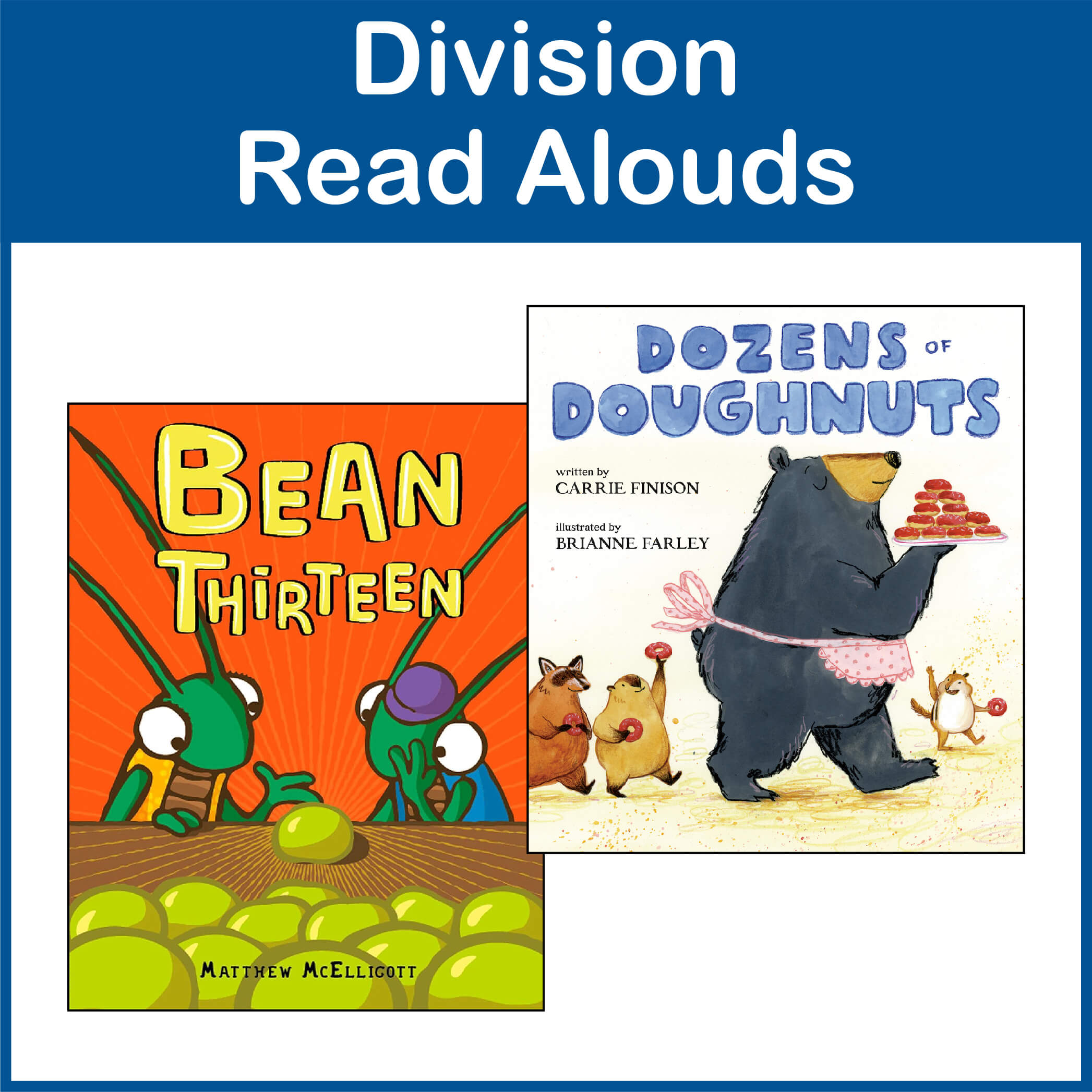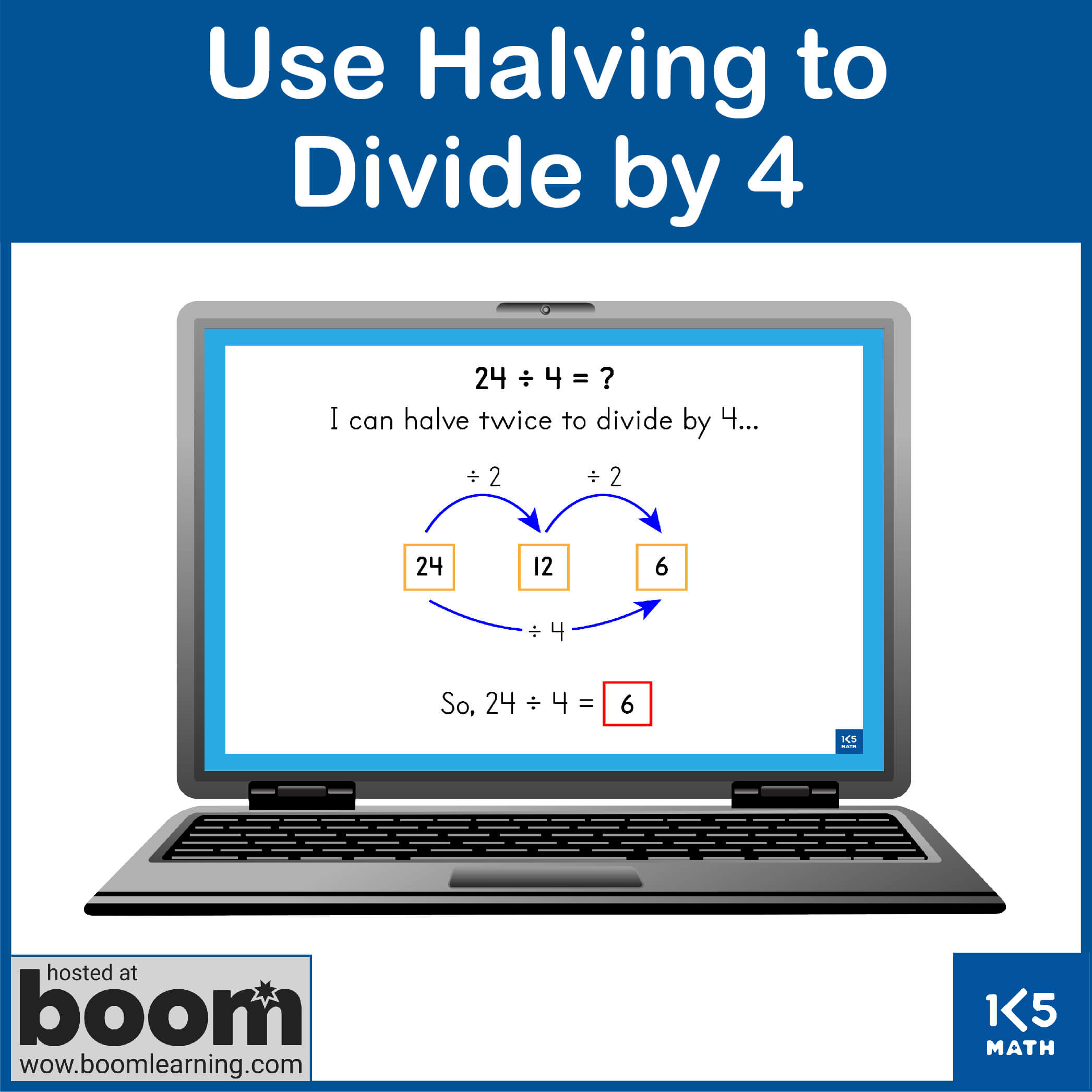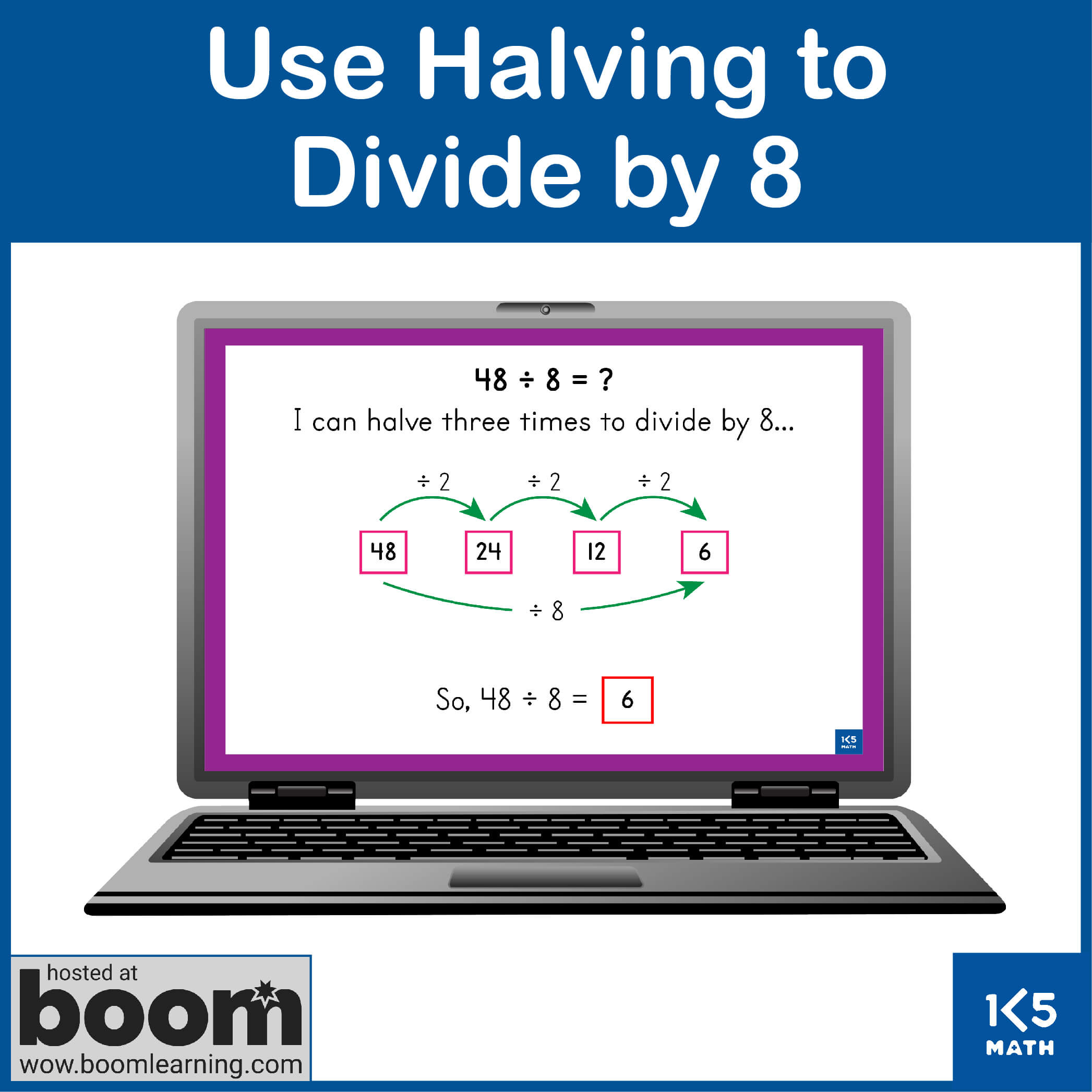Division Centers
Fluency with basic multiplication facts (0x0 - 9x9) and related division facts is considered foundational for further advancement in mathematics. These facts form the basis for learning multi-digit multiplication and division, area, fractions, percentages, volume, ratios, and decimals. This page provides examples of division centers that can be used to support the development of multiplication fluency. These centers can be used by teachers or parents to support students' progress within a stage, or to facilitate movement to the next stage on the division continuum. For more information on using math fluency centers as an ongoing classroom routine see here. For multiplication centers see here.
Stage 1.1
These students can share small amounts equally and divide a collection into groups of a given number. They are able to build arrays and use skip counting to solve simple division problems.
Next Steps:
- Fluently divide by 1, 5, and 10 within 100, using strategies such as the relationship between multiplication and division (e.g. knowing that 8 x 5 = 40, one knows 40 divided by 5 equals 8), or properties of operations.
Possible Centers:
Divide by 5 (ver.1)
Division Spin (÷ 5)
Google Slides:
Divide by 5 (ver.1)
For more Centers aligned with Stage 1.1 see this document.
Stage 1.2
These students demonstrate fluency when dividing by 1, 5 and 10 within 100.
Next Steps:
- Fluently divide by 2, 4, and 8 within 100, using thinking strategies (e.g. halving to divide an even 2-digit number by 2, 4, or 8), the relationship between multiplication and division, and properties of operations.
Possible Centers:
Division Race (÷ 2, 4, 8)
Divide by 4 (ver. 1)
Find the Facts (÷ 2)
Find the Facts (÷ 4)
Find the Facts (÷ 8)
Google Slides:
Division Race (÷ 2, 4, 8)
Divide by 4 (ver. 1)
For more Centers aligned with Stage 1.2 see this document.
Stage 1.3
These students demonstrate fluency when dividing by 2, 4, and 8 within 100.
Next Steps:
- Fluently divide by 3, 6, 7, and 9 within 100, using strategies such as the relationship between multiplication and division, or properties of operations.
Possible Centers:
Division Bump (÷ 6)
Division Bump (÷ 7)
Google Slides:
Division Bump (÷ 6)
Division Bump (÷ 7)
For more Centers aligned with Stage 1.3 see this document.
Stage 1.4
These students demonstrate fluency when dividing within 100.
Next Steps:
- Continue to regularly practice division strategies in order to know from memory all division facts within 100
- Solve problems involving extended division facts within 100 (e.g. 75 ÷ 5)
Possible Centers:
Divide by 4 (ver. 2)
Divide by 5 (ver. 2)
Google Slides:
Divide by 4 (ver. 2)
Divide by 5 (ver. 2)
For more Centers aligned with Stage 1.4 see this document.
Stage 2.1
These students know from memory all division facts within 100.
They solve extended division facts within 100 (e.g. 75 ÷ 5) using place value strategies.
Next Steps:
- Find whole-number quotients and remainders with three-digit dividends and one-digit divisors, using strategies based on place value, the properties of operations, and/or the relationship between multiplication and division
Possible Center:
Who Has the Largest Quotient? (ver. 1)
Google Slides:
Who Has the Largest Quotient? (ver. 1)
For more Centers aligned with Stage 2.1 see this document.
Stage 2.2
These students demonstrate fluency when finding whole-number quotients and remainders with three-digit dividends and one-digit divisors, using strategies based on place value, the properties of operations, and/or the relationship between multiplication and division.
Next Steps:
- Find whole-number quotients and remainders with four-digit dividends and one-digit divisors, using strategies based on place value, the properties of operations, and/or the relationship between multiplication and division
Possible Center:
Who Has the Largest Quotient? (ver. 2)
Google Slides:
Who Has the Largest Quotient? (ver. 2)
For more Centers aligned with Stage 2.2 see this document.
Stage 3.1
These students demonstrate fluency when finding whole-number quotients and remainders with four-digit dividends and one-digit divisors, using strategies based on place value, the properties of operations, and/or the relationship between multiplication and division.
Next Steps:
- Find whole-number quotients and remainders with three-digit dividends and two-digit divisors, using strategies based on place value, the properties of operations, and/or the relationship between multiplication and division.
Possible Centers:
Connect Three: Division (ver. 1)
Google Slides:
Connect Three: Division (ver. 1)
For more Centers aligned with Stage 3.1 see this document.
Stage 3.2
These students demonstrate fluency when finding whole-number quotients and remainders with three-digit dividends and two-digit divisors, using strategies based on place value, the properties of operations, and/or the relationship between multiplication and division.
Next Steps:
- Find whole-number quotients and remainders with four-digit dividends and two-digit divisors, using strategies based on place value, the properties of operations, and/or the relationship between multiplication and division.
Possible Centers:
Connect Three: Division (ver. 2)
Google Slides:
Connect Three: Division (ver. 2)
For more Centers aligned with Stage 3.2 see this document.
Stage 4.1
These students demonstrate fluency when finding whole-number quotients and remainders with four-digit dividends and two-digit divisors, using strategies based on place value, the properties of operations, and/or the relationship between multiplication and division.
Next Steps:
- Find whole-number quotients and remainders with four-digit dividends and three-digit divisors using a standard algorithm.
Possible Centers:
Division Tic-Tac-Toe (ver. 4)
Stage 4.2
These students demonstrate fluency when finding whole-number quotients and remainders with four-digit dividends and three-digit divisors using a standard algorithm.
Next Steps:
- Find whole-number quotients and remainders with five-digit dividends and three-digit divisors using a standard algorithm.
Possible Centers:
Division Tic-Tac-Toe (ver. 6)
